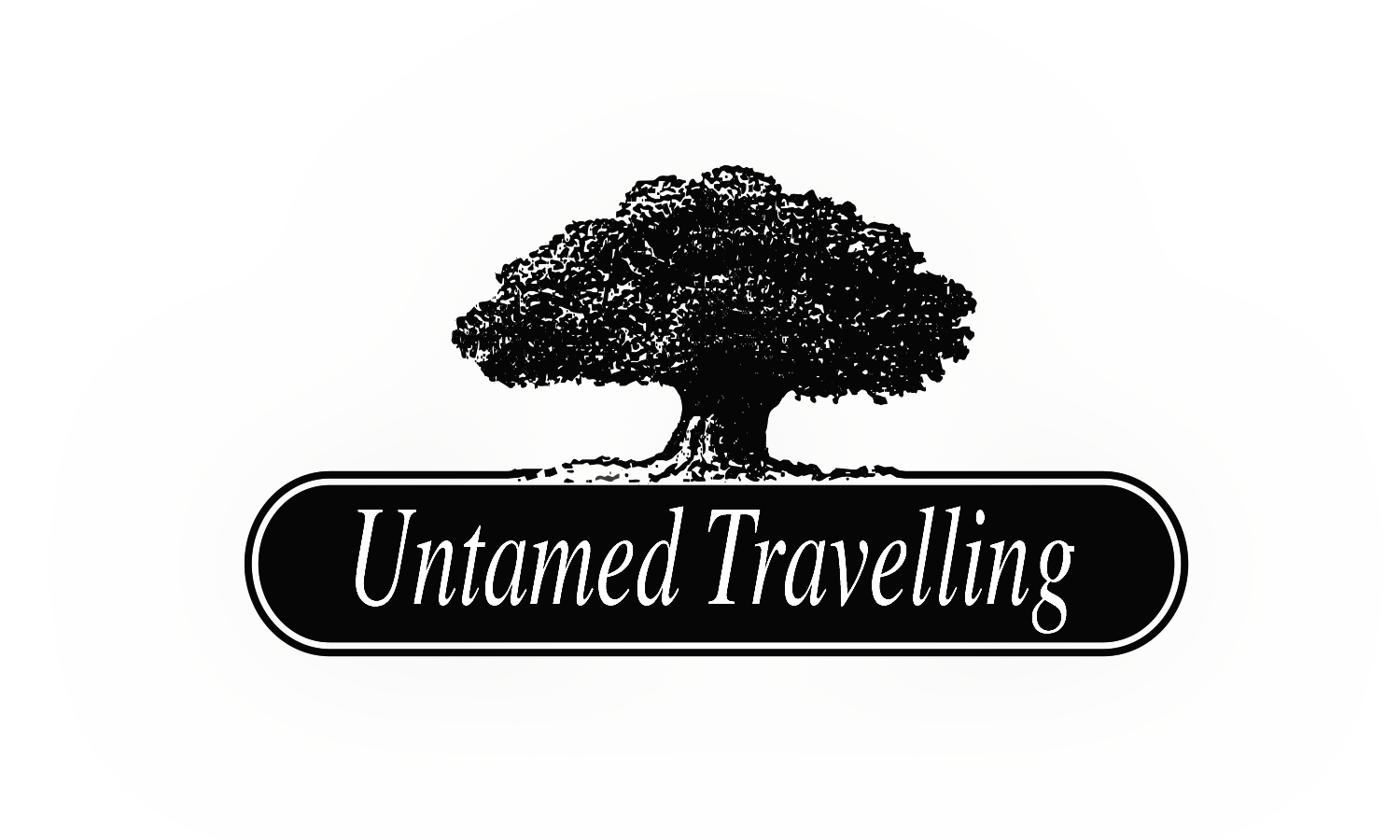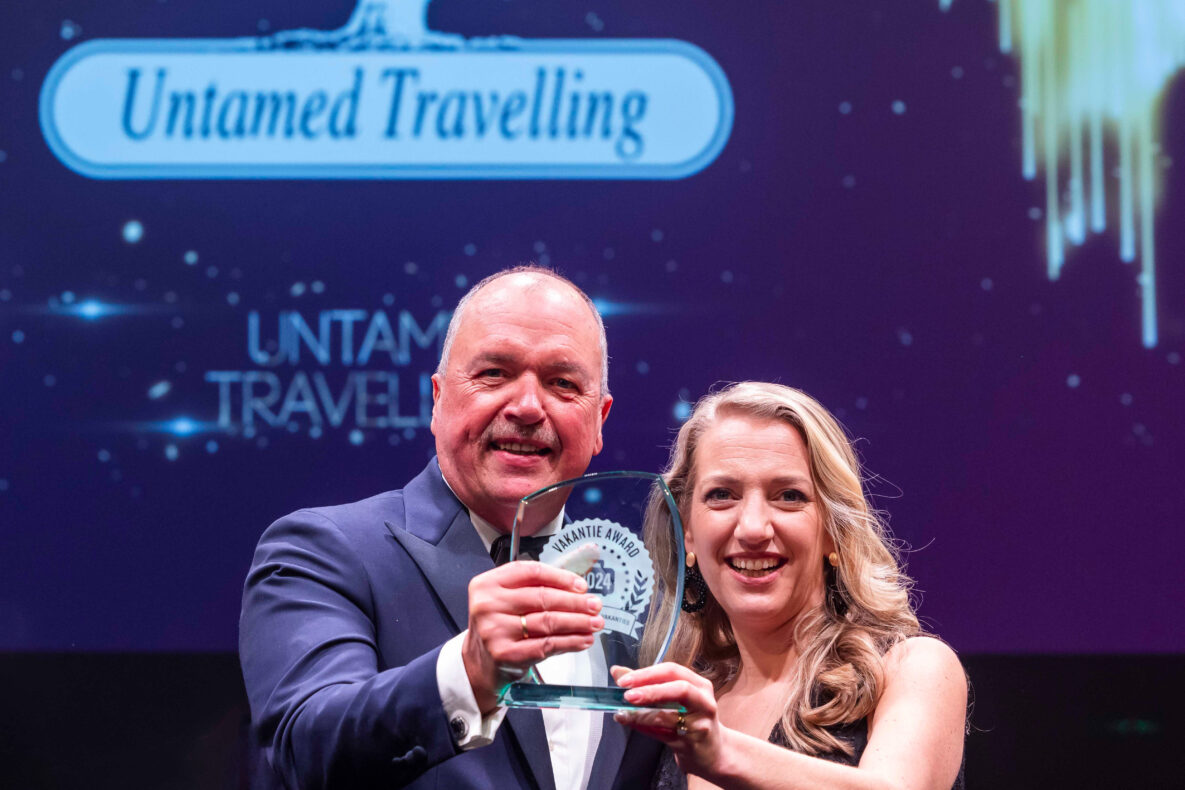For years Ivory Coast was an unsafe destination. After the declaration of independence in 1960, the country went through two civil wars. Things remained unsettled until 2011, when the losing president Ggagbo was arrested and extradited to the International Criminal Court in The Hague. Tourism is now slowly starting to take off.
abidjan -> Grand Bassam
From November 14-26, 2021, Jozef Verbruggen and I made a tour through this West African country that is still unknown to us. After arriving at the airport of Abidjan, we immediately travel to Grand-Bassam, 45 minutes away, which was chosen as the capital during the colonization by the French. And so in the evening you suddenly find yourself eating outside on a terrace with the sparkling Atlantic Ocean at your feet! What a transition, if you left in the morning from the gray and rainy Netherlands and Belgium.
The colonial quarter in Grand-Bassam is now a Unesco World heritage site: the grandeur of the colonial architecture is still impressive although many buildings are in need of restoration. The Museum of National Costume, which displays traditional clothing of the country’s many ethnic groups, is also very interesting.
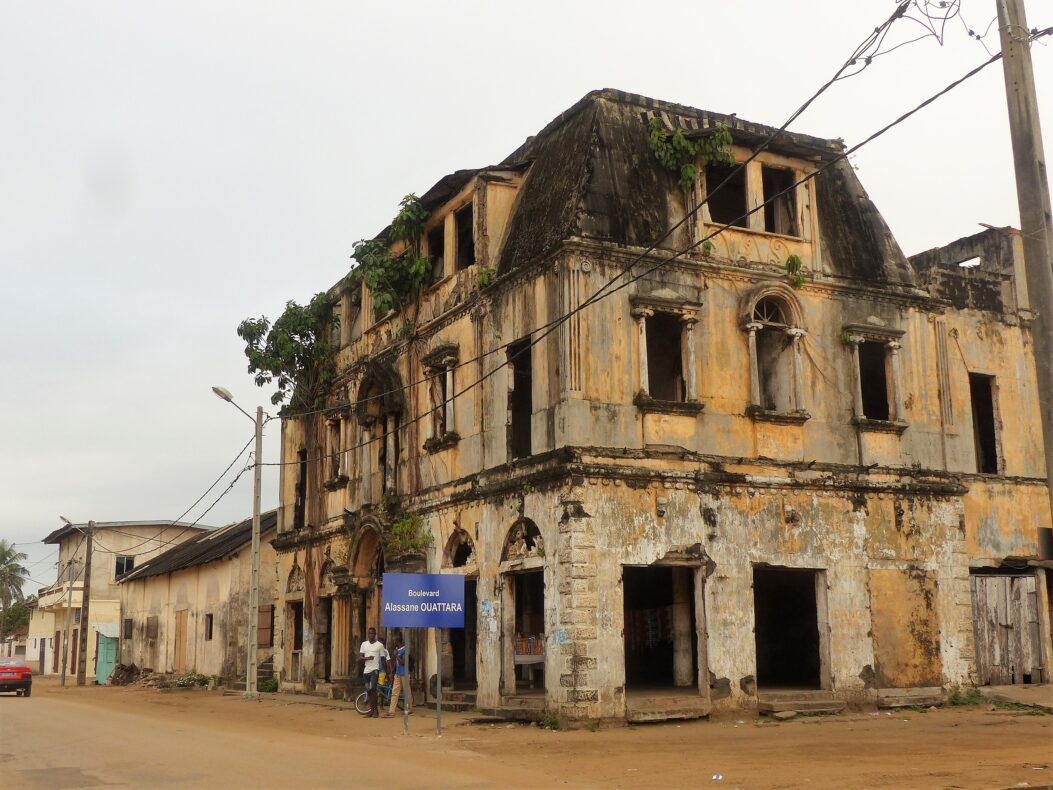

Yamoussoukro
The next day, following a very good road, we head to Yamoussoukro, the birthplace of the first president of the Ivory Coast, Félix Houphouët-Boigny. He made his birthplace the capital of the country and had a huge prestige project built there: the Basilica of Notre Dame de la Paix, which is the size of the St. Peter in Rome equals. It is a strange perception, such an immense building in an empty landscape without believers, completely soulless. You wonder how many hospitals the president could have built instead…


NORTHERN
As we drive further north, we enter more traditional territory, where animistic customs, traditional dances and crafts reign supreme. We regularly see groups of weavers who make beautiful cloths on their long narrow-band looms; bead makers, who offer their mud, hand-painted beads for sale, and woodcarver’s workshops.
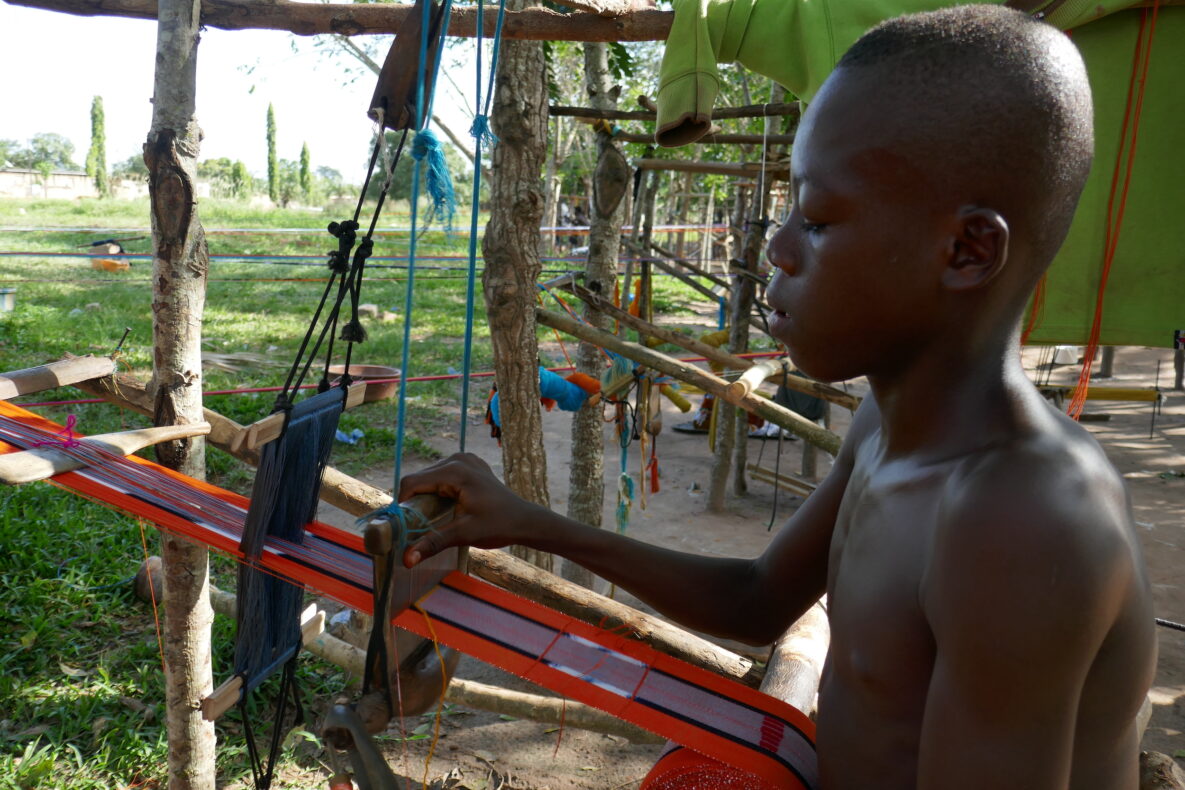

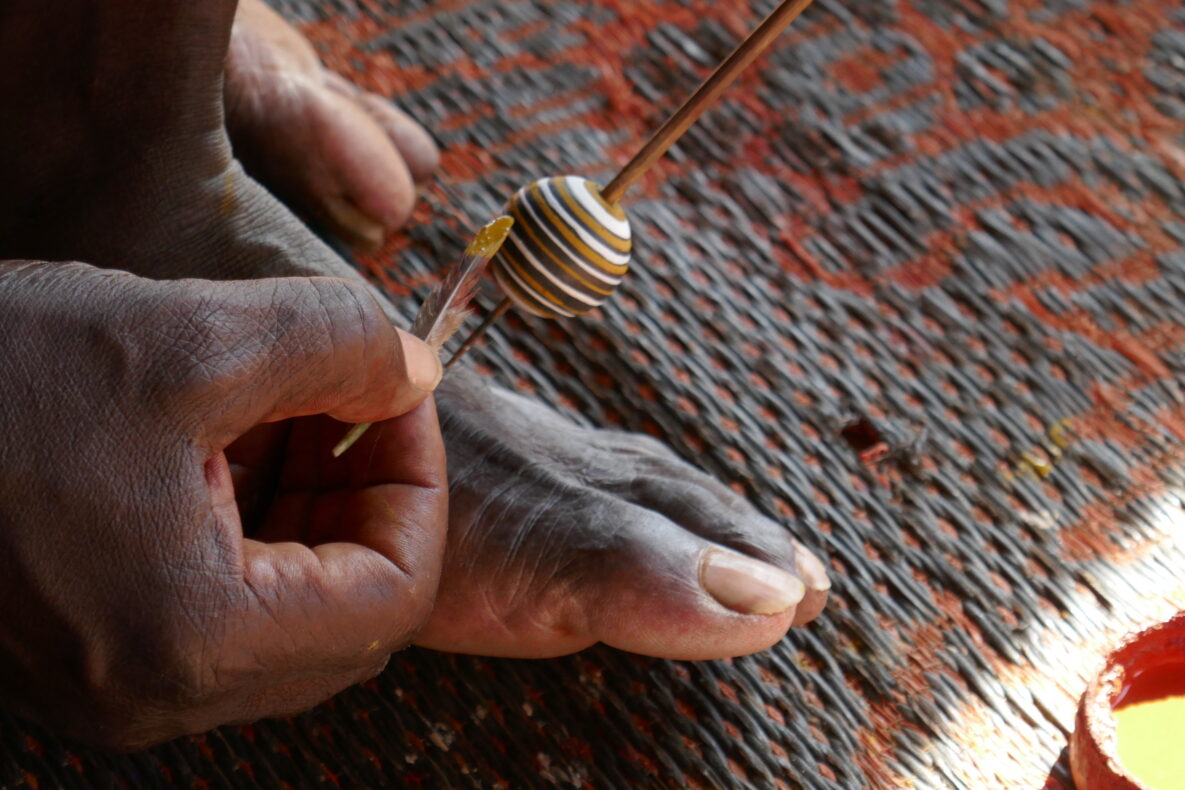

After being introduced to the local notables, we experience a fascinating mask dance at the Baoulé, where the dancers are just as fiercely and enthusiastically encouraged by the local people as by us! In Korhogo at the Senoufou population we see a ‘leopard dance’. The ‘leopards’, uplifted by hallucinatory music, demonstrate their acrobatics skills.
https://youtu.be/WxIO2yL4H4I
WESTERN
As the road gets worse we reach the western side of the country, which is more mountainous and inhabited by the Malinké and Dan people. Here too we are treated to a spectacular dance performance with masked stilt dancers, in which many villagers participate enthusiastically.
https://youtu.be/_aXxFmTv9Zg
MAN
Finally we arrive in Man, an area surrounded by 18 mountains that is ideal for beautiful walks. We visit the waterfall and the sacred forest with Campbell monkeys.
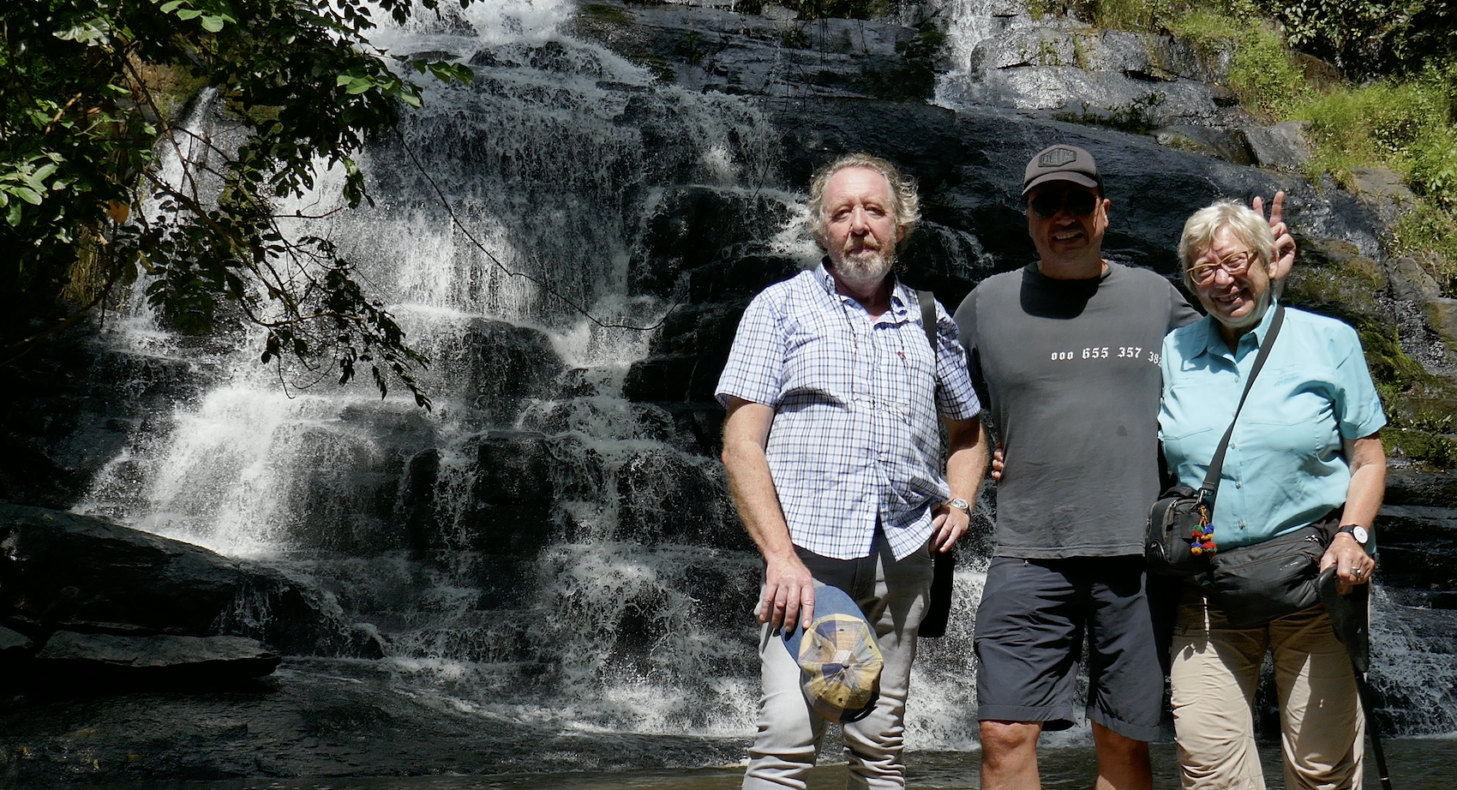

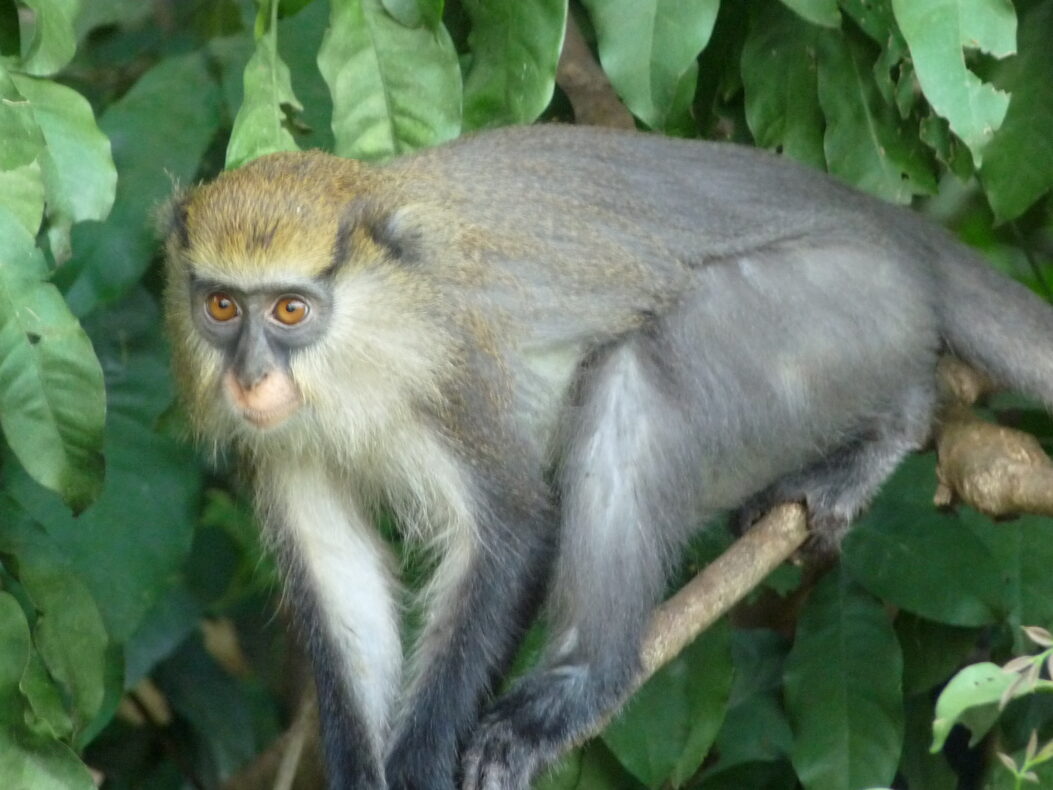

THE SOUTH COAST
Driving south from here we head back to the coast where we stay in a beautiful and comfortable resort. Due to the presence of a bay, it is also possible to swim safely in the Atlantic Ocean.
The south is dominated by endlessly stretching plantations of cocoa and palm oil forests. Two major rivers cut through Ivory Coast and flow into the ocean at Sassandra and Grand Lahou. Boat trips are the preferred excursions to explore this landscape.
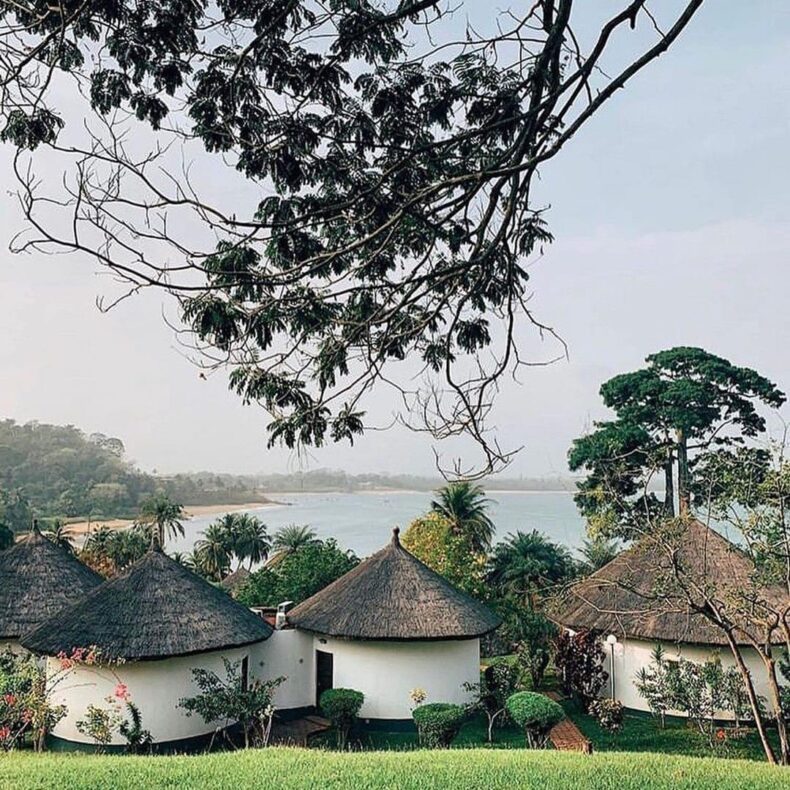

ABIDJAN
Finally, we return to Abidjan, a pulsating metropolis with a population of millions. It is a pleasant city with elegant restaurants and high-quality art galleries. A perfect place to end a journey through this contrasting country.


